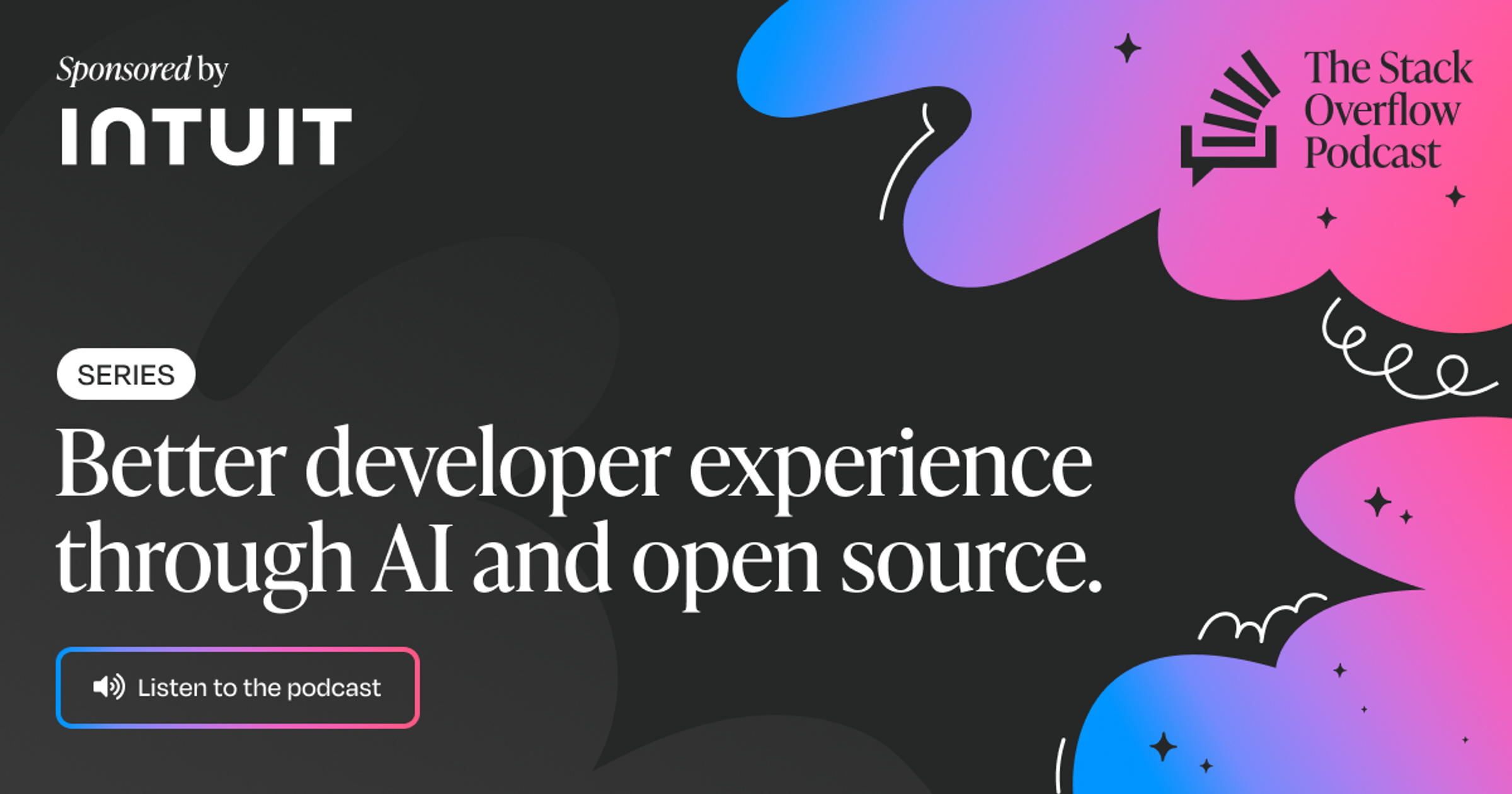SPONSORED BY INTUIT
Every engineering team talks about open source, AI, and development velocity in some form or another. But Intuit is talking about how all three of them combine to make for a better developer experience. This podcast series explores how the company is using AI and open source to let their engineers build better software faster.
Episode #1: The future of software engineering is powered by AIOps and open source
Over the past five years, Intuit went through a total cloud transformation—they closed the data centers, built out a modern SaaS development environment, and went cloud native with foundational building blocks like containers and Kubernetes. Now they are looking to continue transforming into an AI-driven organization that leverages the data they have to make their customers’ lives easier. Along the way, they realized that their internal systems have the same requirements to leverage the data they have for AI-driven insights.
On this sponsored episode of the podcast—the first in a series of four—we talk with Pratik Wadher, senior VP of Product Development at Intuit, about how it is building a AI-enabled development platform that increases the development velocity for their 7,000 plus developers.
Episode #2: Taming multiple design systems with a single plugin
Any large organization with multiple products faces the challenge of keeping their brand identity unified without denying each product its own charisma. That’s where a design system can help developers avoid reinventing the wheel every time, say, a new button gets created
On this sponsored episode of the podcast, we talk with Demian Borba, Principal Product Manager, and Kelvin Nguyen, Senior Engineering Manager, both of Intuit. We chat about how their design system is evolving into a platform, how AI keeps their brand consistent, and why a design system doesn’t have to solve every use case.
Episode #3: How Intuit improves security, latency, and development velocity with a service mesh
At an SaaS company like Intuit that has hundreds of services spread out across multiple products, maintaining development velocity at scale means baking some of the features that every service needs into the architecture of their systems. That’s where a service mesh comes in. It automatically adds features like observability, traffic management, and security to every service in the network without adding any code.
In this sponsored episode of the podcast, we talk with Anil Attuluri, principal software engineer, and Yasen Simeonov, senior product manager, both of Intuit, about how their engineering organization uses a service mesh to solve problems, letting their engineers stay focused on writing business logic. Along the way, we discuss how the service mesh keeps all the financial data secure, how it moves network traffic to where it needs to go, and the open source software they’ve written on top of the mesh.
Episode #4: How chaos engineering preps developers for the ultimate game day
In complex service-oriented architectures, failure can happen in individual servers and containers, then cascade through your system. Good engineering takes into account possible failures. But how do you test whether a solution actually mitigates failures without risking the ire of your customers? That’s where chaos engineering comes in, injecting failures and uncertainty into complex systems so your team can see where your architecture breaks.
On this sponsored episode, our fourth in the series with Intuit, Ben and Ryan chat with Deepthi Panthula, Senior Product Manager, and Shan Anwar, Principal Software Engineer, both of Intuit, about using self-serve chaos engineering tools to control the blast radius of failures, how game day tests and drills keep their systems resilient, and how their investment in open-source software powers their program.
